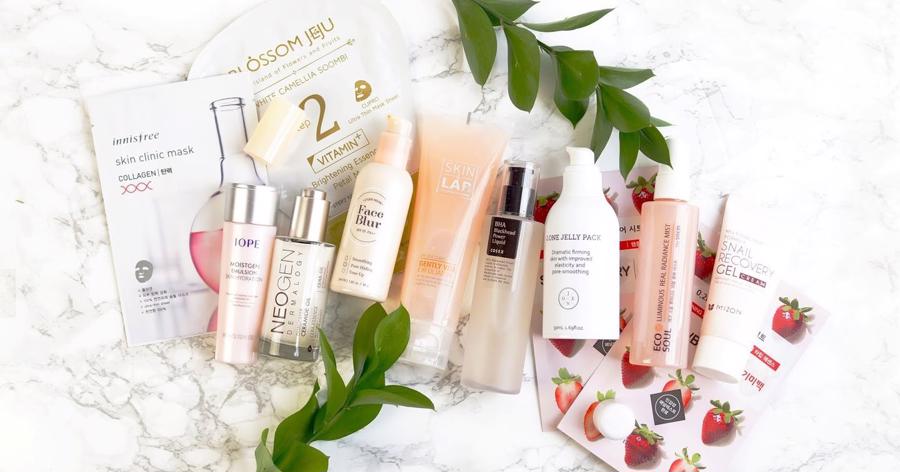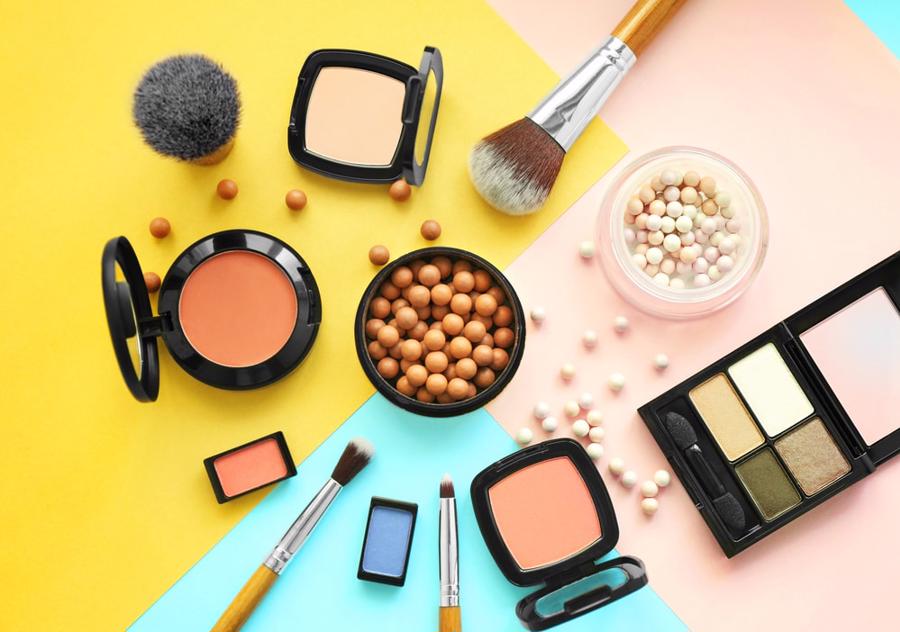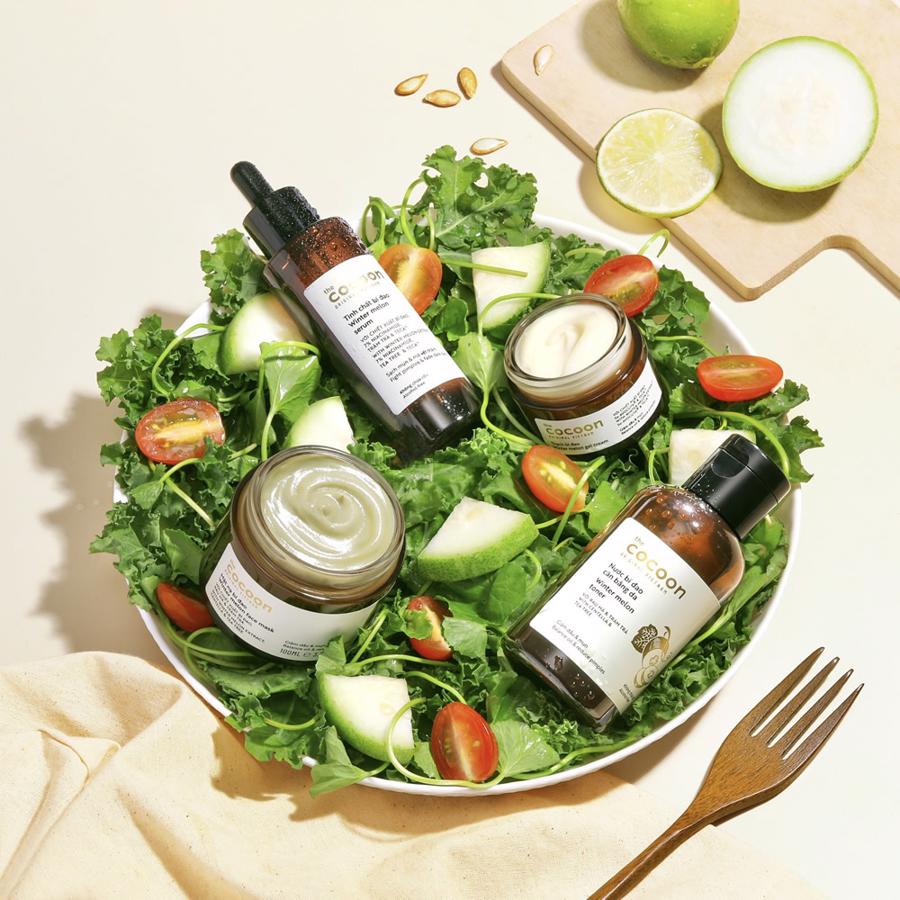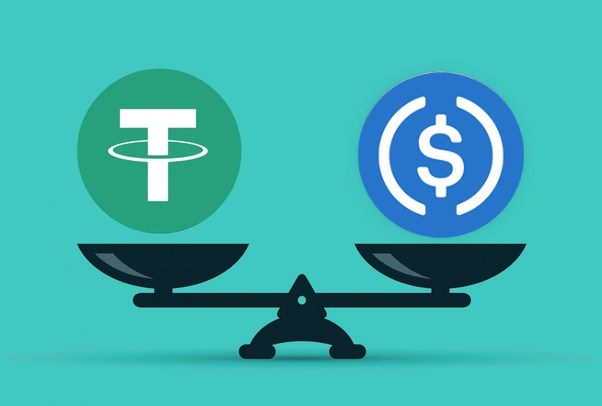Among the types of cosmetics consumed by Vietnamese people, up to 60% are makeup products. More than half of the population aged 22 and older use cosmetics regularly, which is a group of people who have graduated from university and have jobs, they have a high demand for social interaction, so beauty is always emphasized. In the group of people who use cosmetics regularly, the expenditure on beauty cosmetics has increased by 10%, with over 73% of transactions taking place on e-commerce platforms.
Only in the first 10 months of 2023, the sales of cosmetics and beauty products on e-commerce platforms in Vietnam reached 22.2 trillion VND, an increase of 74% compared to the same period in 2022. These are figures in a report just released by the Metric data analysis platform. According to the report, despite economic difficulties, the cosmetics industry continues to show potential with large online purchasing power.
However, in the skincare product category, foreign brands lead in terms of sales such as La Roche-Posay, Anessa, Skin1004, Simple, and Laneige. The majority of the revenue from the cosmetics category still comes from regular shops, but 4 out of the top 5 shops in terms of sales are mall shops (official brand shops). These are also the official brand shops of leading brands such as La Roche-Posay, L’oreal, and Anessa.

Of these, the segment priced under 500,000 VND accounts for 80% of the market share in terms of sales in the cosmetics industry. Within that segment, the price range of 100,000 – 200,000 VND is the best-selling price range. The segment with the highest sales is from 200,000 – 500,000 VND, with nearly 8 trillion VND, accounting for 35% of the total market share.
Since Vietnamese cosmetics companies currently account for only 10% of the market share, they can only stay in the low-priced segment and export to some neighboring markets. The remaining 90% of cosmetics businesses in Vietnam are distributors of foreign brands. Most foreign cosmetics brands dominate the commercial centers in Vietnam, mainly personal care products from South Korea.
Some major brands such as Lancome, Shiseido, and Estee Lauder mostly dominate the commercial centers. Some domestic brands have also established a certain position in the cosmetics market such as Thai Duong, Thorakao, Miss Sai Gon, Lanna, Xmen, Biona, but they mainly focus on the low-end segment and have a modest position in the domestic consumer market.
While international brands have gained market share thanks to strong financial resources, Vietnamese domestic brands started with a deep understanding of users and the quality of their products. In reality, according to the latest data updated by Metrics in mid-December, among the top 10 best-selling cosmetics brands on e-commerce platforms in the past 365 days, there is only one Vietnamese brand: Lemonade. However, the business figures of product lines such as eyebrow pencils or cushions from this brand have risen to the top of the entire platform. Even the market share of eyebrow pencils, Lemonade’s flagship product, accounts for the overwhelming majority, holding 60.7% of the total revenue.

In general, the cosmetics industry in Vietnam is still a young industry with many limitations such as small production scale and outdated production technology. According to a report from global market research company Mintel, the cosmetics market in Vietnam is currently valued at about 2.3 billion USD. The middle-class in Vietnam has increased to 33 million people in 2020, which means a high demand for cosmetics.
In this context, foreign investors are turning their attention to Vietnam with many production projects and expanding distribution systems for cosmetics. Vietnamese cosmetics brands, therefore, are facing a significant narrowing of market share. With all cosmetics brands mainly choosing to sell through e-commerce platforms, Mr. Tin Le, Founder and CEO of Adtek, an online marketing expert, recommends that Vietnamese brands ensure product quality. This is a prerequisite factor to attract and retain customers.

The second is that licenses need to be clarified with e-commerce platforms so that when implementing communication strategies, there will be no problems related to this issue. The cosmetics industry is fiercely competitive on e-commerce platforms. Brand positioning is a core factor on the platform. There needs to be a sales strategy because not every product brought to sell will generate revenue. It must be deeply integrated with the platform to implement this strategy to increase revenue and optimize costs. Because if you just bring products to sell, the costs will increase significantly.
“It is necessary to clearly define the role of e-commerce sales channels, which channel is the “funnel” channel, and which channel is for increasing revenue. Without clearly distinguishing the roles of each channel, we will run into a situation of “stepping on each other’s toes”, and the costs for those channels will increase, including the hottest channels,” said Tin Le.
In summary, the Vietnamese cosmetics market is demanding that domestic cosmetics companies pay attention to design, packaging, brand PR, and put more effort into promotion and distribution to avoid losing market share on their home turf. Especially, since Vietnam has participated in a series of free trade agreements and reduced import taxes on these types of goods to 0-5%, the Vietnamese cosmetics market promises to be even more vibrant.











































